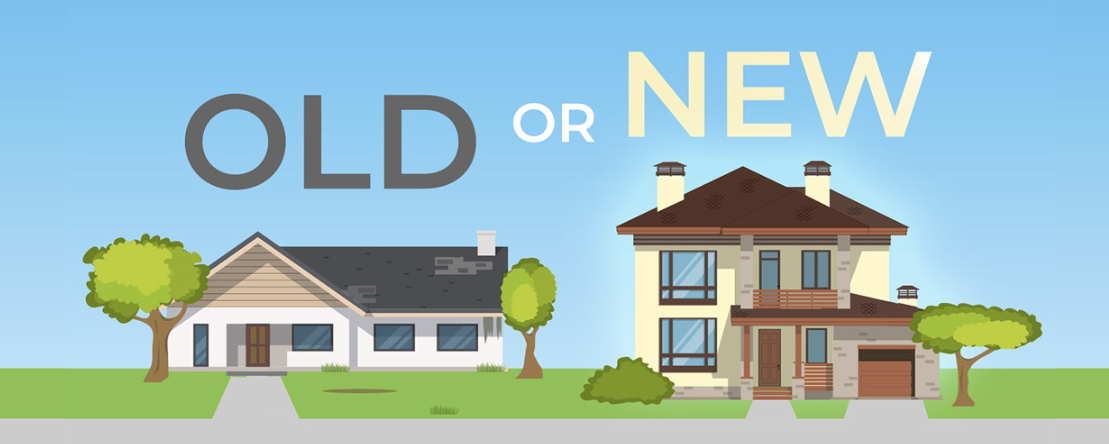
When choosing your home, it’s helpful to consider the monthly cost of ownership rather than the price on the sales contract. Newly constructed homes often carry a higher purchase price than similar older homes. But the lower energy, maintenance and repair costs compared to an older home may make living there less expensive.
Here’s some information on the benefits of new construction and some handy comparison tools, too.
When choosing between an existing home and a newly constructed home, it’s important to look past the sales price to the actual monthly cost of owning your home. Newly constructed homes are likely to bring lower energy bills and require less maintenance, which could reduce your monthly out of pocket expenditures. And if you’re paying more in interest each month, you may have an added tax benefit too. Use this calculator to compare the true costs of owning an existing vs a newly constructed home.
The payment for a higher priced new home isn't always a lot more than the payment on an older home.
An older home may have major components at or near the end of their life cycle.
Consider roofs as example. They typically last 25 to 30 years. The average U.S. home has a roof that measures 1700 sq. ft. Roofers use increments of 100 sq. ft. or “squares” to price their work.
Older homes typically require more maintenance and repair.
Everything requires maintenance — from paint, siding and windows to electrical, plumbing and septic systems all the way to mechanical systems like heating or cooling. Most of these components have expected useful lifespans of 5 to 30 years. A new home will not likely require maintenance or repair costs for a long while, compared with an older home that may already have deferred maintenance needs as soon as you move in. Plus, new homes and their systems are typically covered by builder and manufacturer warranties. If something does require repair or replacement quickly, the cost is typically covered or minimized. Enter the cost to replace an item such as a furnace or A/C system, windows, siding, etc., to see the monthly cost to save in our Old vs. New Calculator here.
The cost of heating and cooling is typically lower for new homes.
Energy cost savings in new homes are primarily due to the amount of insulation required in newer construction and the higher efficiency ratings for newer mechanical systems.
Homes built prior to 1965 didn't require any insulation. Since then, insulation requirements for ceilings have progressed from 4-5 inches to up to 16 or 18 inches now. In some cases, the R-value or heat resistance rating has gone from R-15 all the way up to R-49. More than 3 times the insulation and a new high-efficiency heating or cooling system savings can go a long way toward making the total real cost of owning a higher priced home less than that of a lower priced, less efficient home.
Increased tax benefits can offset the cost of a more expensive new home.
If you are eligible to itemize your tax returns, and many homeowners are, a larger mortgage amount also can mean more tax deductibility on interest paid. This can further reduce the real cost of owning a new vs existing home.
Bottom Line:
It's easy to see that the combination of savings from having little to no maintenance requirements, low energy costs, and potential tax savings can equate to both a lower cost of ownership and a far more enjoyable and comfortable way of life in your new home.






